
Turbine Transport Transformer
19 Jun 2025Progress: Concept
A serious problem when it comes to building wind turbines is how to get the blades to the construction site. The biggest turbines have blades over 100 metres long, carefully constructed from composite materials, and shifting these can prove to be a logistical challenge.
Such is the perceived difficulty in moving the giant rotor blades that a recently formed startup company has cooked up an ambitious concept: build a really really big plane to carry them.
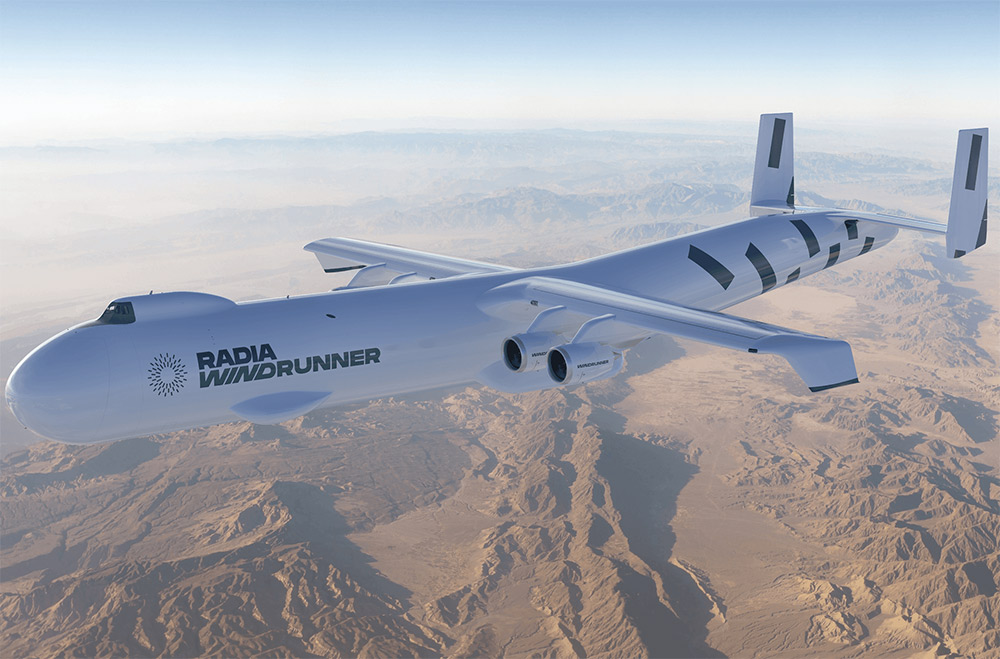
Dubbed the Radia Windrunner, it would be the longest plane ever built, its 108 metres dwarfing the legendary Antonov An-225 Mriya. It would also (somehow) be able to land without a runway.
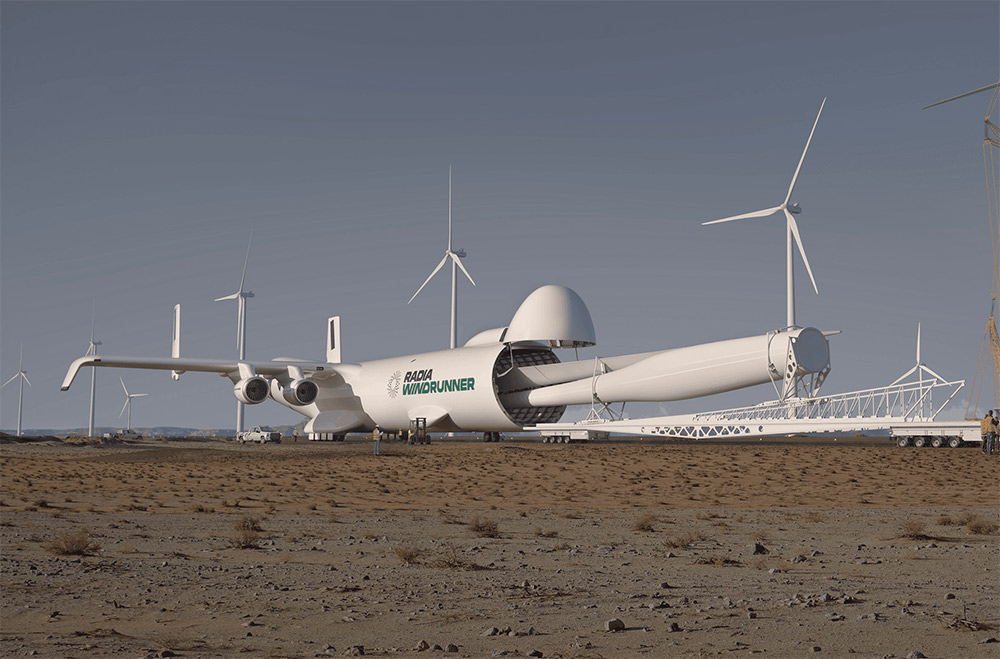
Who am I to criticise the ambitions of venture capital? Good luck to them. But while we're tossing around crazy concepts, it seems the folks at Radia have missed a trick.
A wind turbine blade is very strong, very light, and shaped like a wing.
Why not – hear me out here – why not fly the blades there, using the blades themselves for lift?
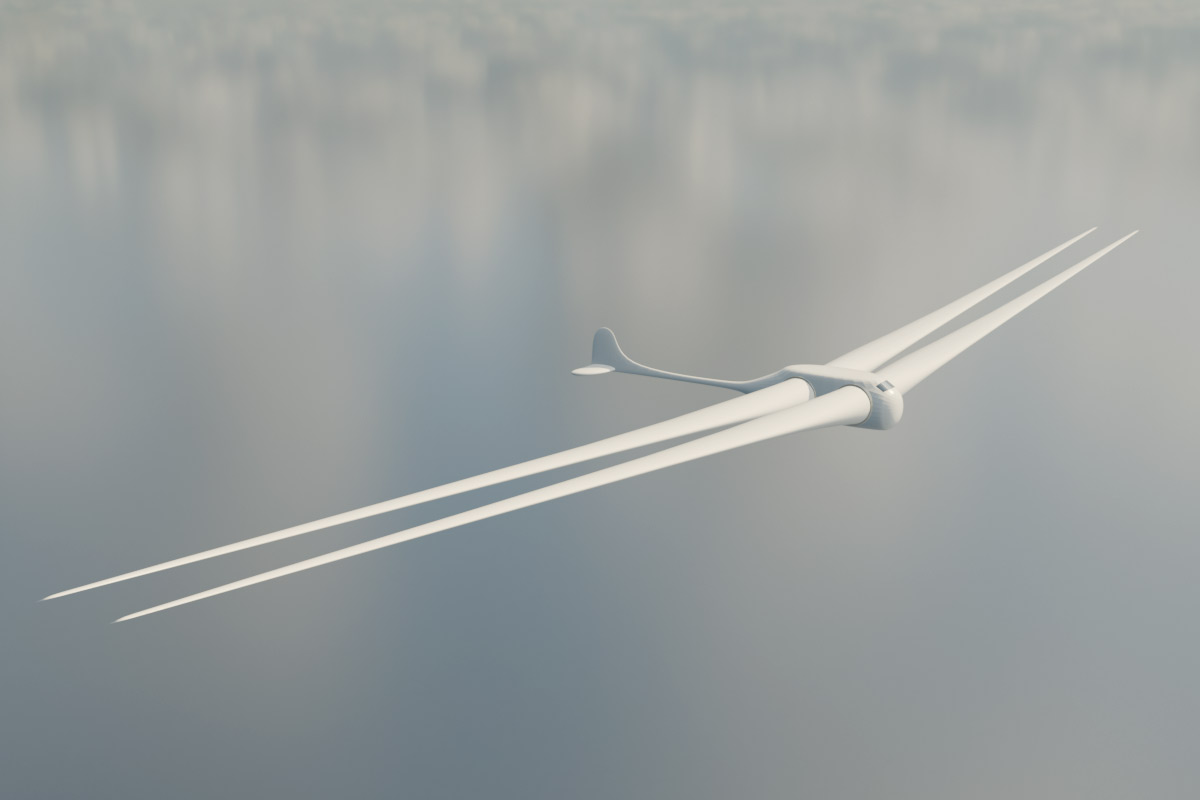
The Turbine Transport Transformer is little more than a blob with sockets for turbine blades to attach to.
The blades have a specific shape to maximise lift in a rotating configuration, which obviously isn't going to be optimal for a fixed-wing aircraft, but lift surfaces don't strictly need to be optimal, they just need to be sufficient.
The length of the blades would give the craft an enormous aspect ratio, something rarely seen outside of very efficient gliders.

The high aspect ratio would allow for comparatively low speeds and short takeoff and landing.
Of course these wings have no control surfaces. But with enough dihedral angle, the vehicle could be flown entirely from the elevator and rudder.
It may also be possible to exert control by twisting the wings, as if to feather the turbine. That may be more trouble than it's worth, though.

Consider it an MVP: Minimal Viable Plane.
With a wingspan of over 200m.
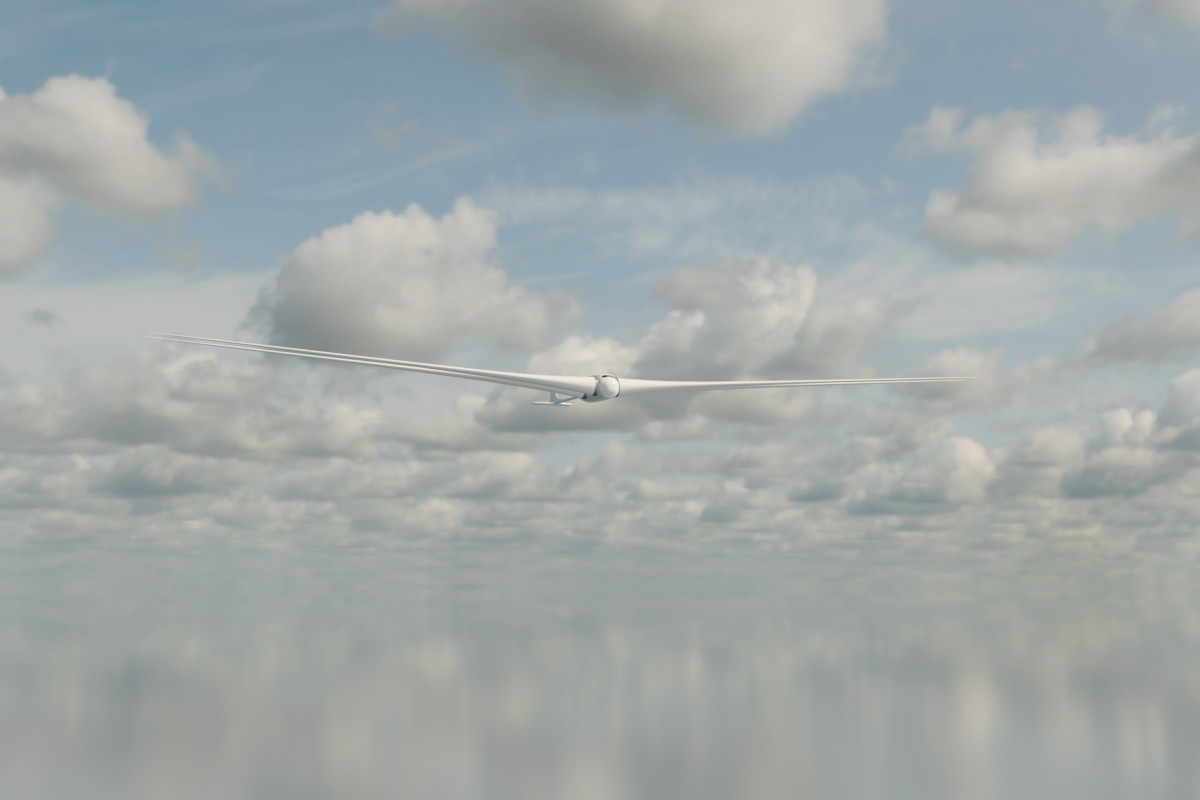
Finding a place to land may be tricky.
It needn't be four blades, we could use just two, or increase the throughput by adding even more, but there's something pleasing about the dragonfly appearance.
I've not illustrated any kind of propulsion. Given the low speed expected, a propeller perhaps in a pusher configuration could suffice. Another option is to leave it entirely unpowered, and have a tug craft tow it through the sky.
Upon reaching the destination, the wings would be removed and fitted to their new role. The contraption would then need to travel back to the blade factory.
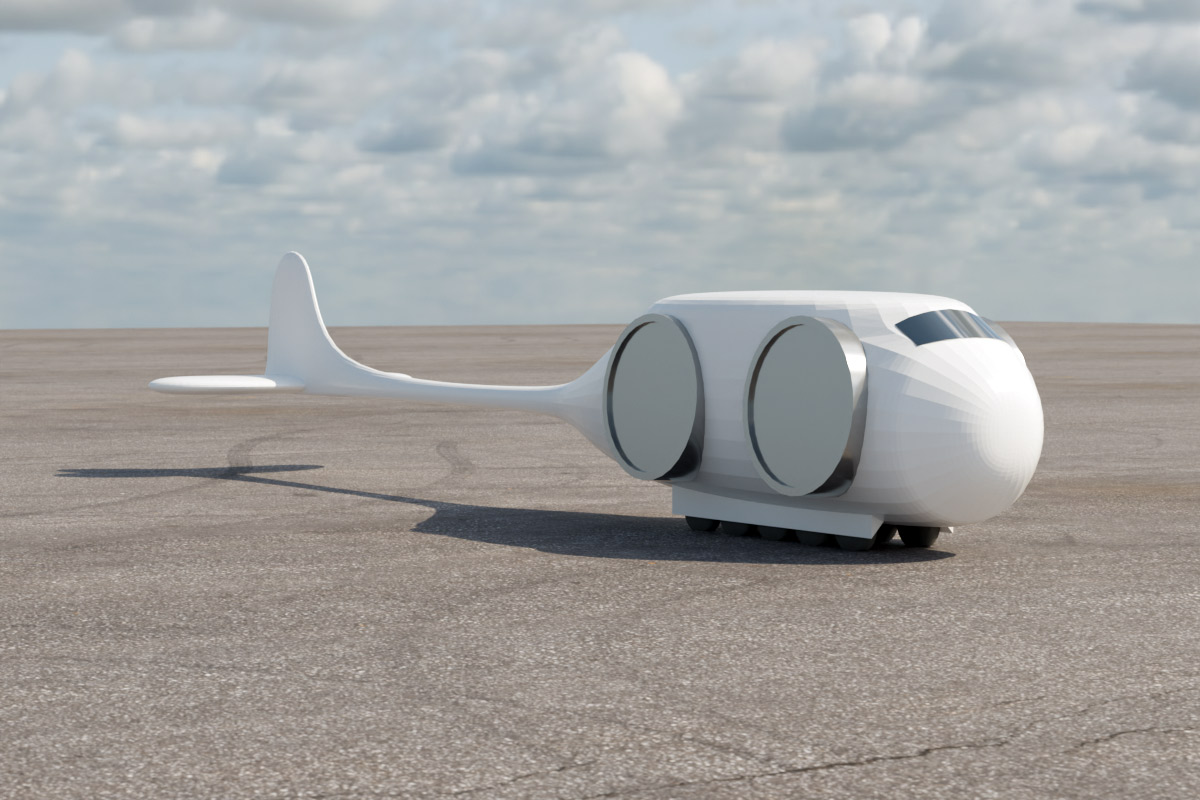
Instead of flying, the wingless plane would drive back. Now plenty narrow enough, it could take to normal roads without a fuss. If absolutely necessary, the tail could be folded up or disconnected.
Really, I see no downsides to any of this and expect the VC funding to arrive immediately.